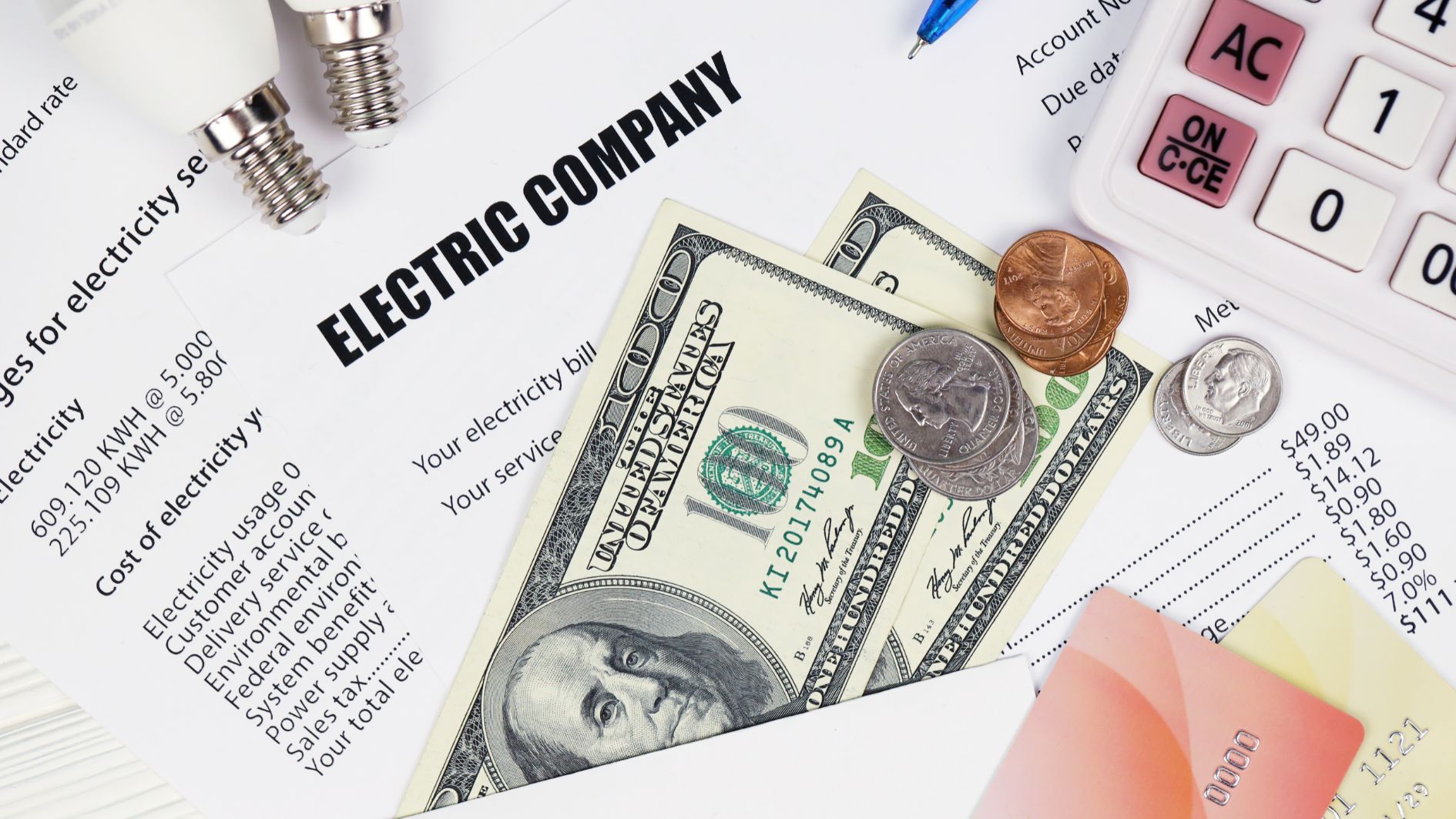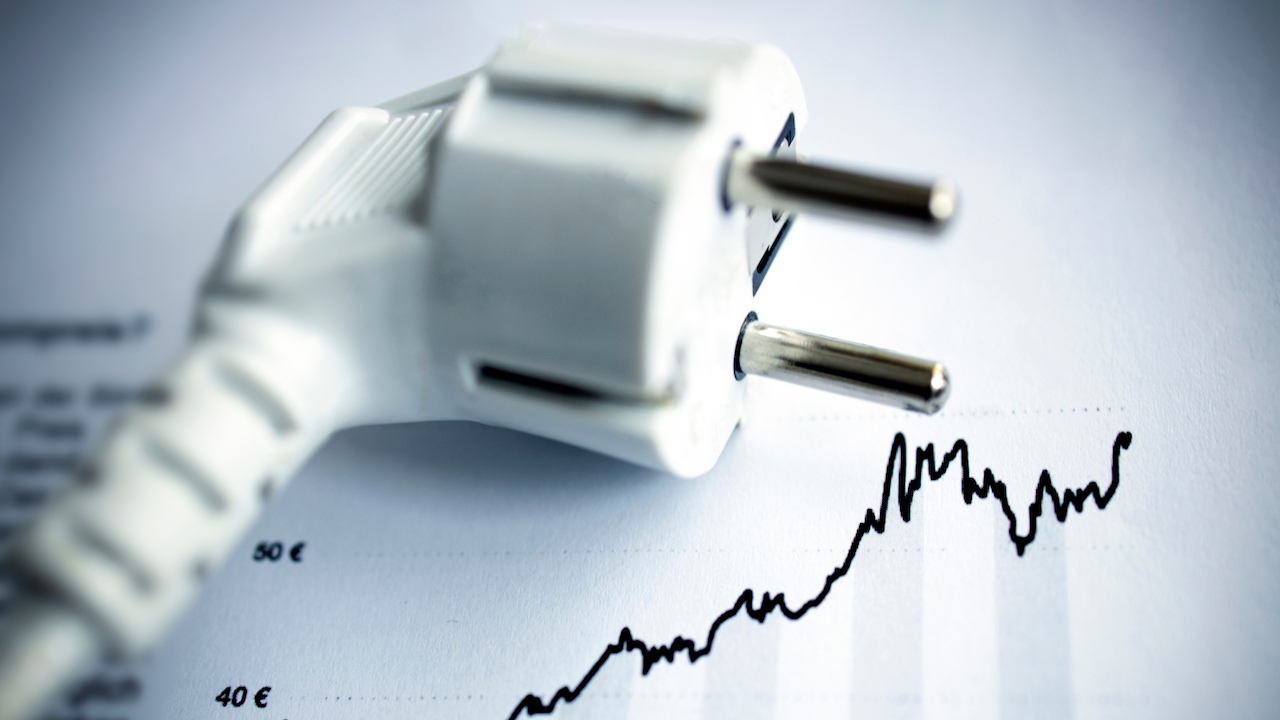Image source: Canva.com
When considering the leap into solar power for your home, one of the biggest question marks hovers around the future cost of electricity from your utility company. With solar panels boasting a lifespan of 25 years or more, accurately predicting the expenses they’ll offset becomes paramount in deciding if residential solar is a smart move. According to the U.S. Energy Information Administration (EIA), electricity rates in the U.S. have been on a steady climb, soaring from 8.43 cents per kilowatt-hour (kWh) in 1997 to average of 16.83 cents/kWh in September 2024.
However, the path forward is far from linear. Recent years have witnessed fluctuations in energy prices akin to a rollercoaster ride. The onset of the pandemic led to a sharp decline in oil and gas prices in early 2020, only for geopolitical tensions and widespread inflation to drive them upwards shortly afterward. These fluctuations can be attributed to various factors, including inflation, increased fuel costs for conventional energy sources like coal, natural gas, and oil, heightened operational and maintenance expenses at power plants, investments in infrastructure upgrades, regulatory changes, population growth, economic expansion, and heightened demand resulting from population or economic growth.

Reducing Your Electric Bill: Understanding the Impact of Solar Energy
Nevertheless, the future remains uncertain. While the adoption of renewable energy is anticipated to mitigate future price hikes in the long term, short-term grid adjustments for renewables may temporarily inflate prices.
Understanding historical trends is crucial when attempting to forecast future electricity expenses. While online tools can provide estimates of your solar energy potential based on factors such as location, roof orientation, and shading, accurately predicting your savings over 25 years requires insight into future utility rates.
By performing calculations—multiplying your estimated annual solar energy production by your current utility rate—you can gain a glimpse of the potential savings offered by solar energy. However, it’s important to note that failing to account for potential rate increases could lead to underestimating your long-term savings.
Lower Your Energy Bills with Solar Panels
As electricity prices continue to rise, homeowners often find themselves grappling with higher energy bills. Installing solar panels presents a viable solution to mitigate this trend for several reasons:

Long-term Cost Savings
Solar power harnesses the sun’s energy at no ongoing cost, significantly reducing electricity generation expenses once the initial investment in solar panels is recovered. This results in substantial savings over time, particularly as electricity rates escalate.
Predictable Costs
Solar systems provide homeowners with a fixed, predictable electricity expenditure, especially when paired with a home battery storage system. The amount of energy generated by a solar system can be accurately forecasted based on local sunlight levels, enabling more precise budgeting.


Energy Independence
Adopting solar panels reduces reliance on the local power grid and traditional energy sources, providing homeowners with independence from escalating electricity costs and potential grid disruptions.
Try out our solar calculator on SolarWiki today and discover how much you could save! Take the first step towards a brighter, more sustainable future. Calculate your potential savings now!
Key Points
- Over the past 25 years, electricity prices in the U.S. have risen by an average of 2.36% annually, providing a baseline for future projections.
- Historically, Hawaii, Kentucky, California, Wisconsin, and Massachusetts have witnessed the highest electricity price increases among U.S. states.
- Factors such as climate change and grid enhancements may contribute to potential future increases in electricity prices, albeit with uncertainties.
- Installing solar panels offers a proactive approach to mitigating uncertainties associated with future electricity prices, as long-term solar production estimates tend to be more reliable.





